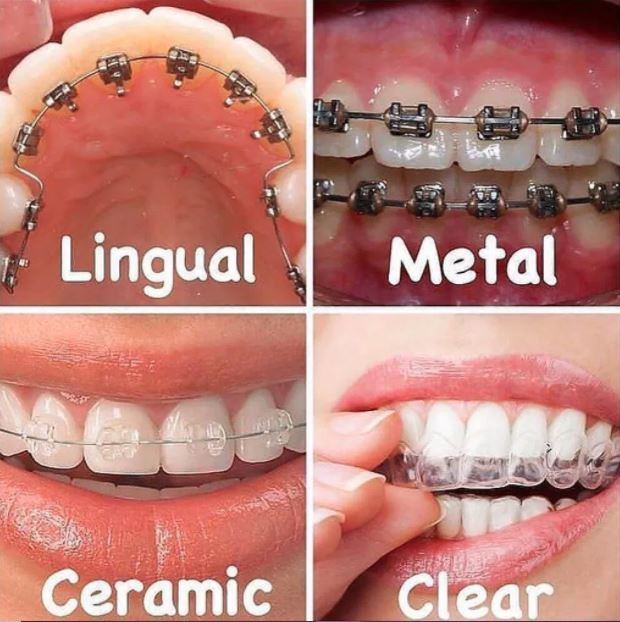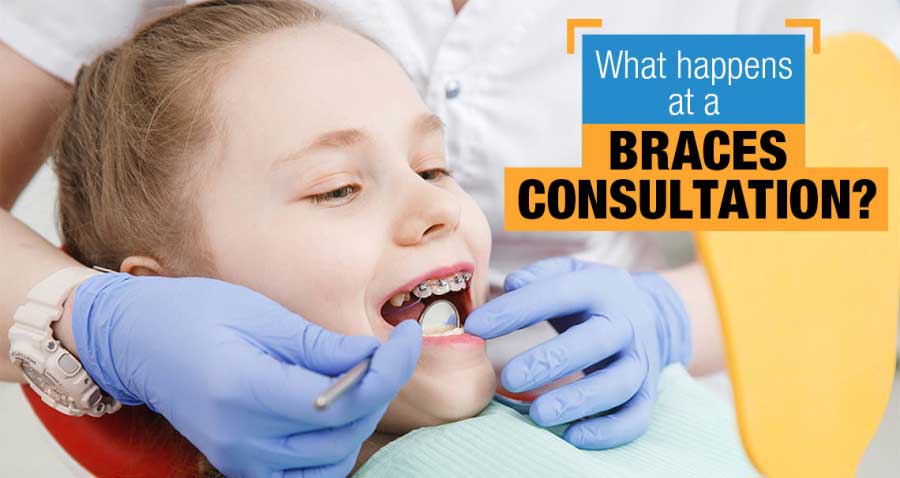Choosing the very best Cumming Orthodontics for Effective Braces and Aligners Solutions
Comprehensive Guide to Orthodontics Procedures for Correcting Oral Imbalances
Understanding the intricacies of each treatment, including their devices, advantages, and prospective disadvantages, is critical in making educated decisions regarding one's orthodontic treatment. As we browse via the extensive guide to orthodontic treatments for correcting dental misalignments, the detailed information of each technique will certainly unfold, dropping light on the course toward a unified and functional dental positioning.
Orthodontic Procedures Introduction

Normal changes and monitoring are important parts of orthodontic treatment to ensure progression is on track and to make any type of needed adjustments along the method. By going through orthodontic procedures, people can not only attain a straighter smile but additionally improve their overall oral health and wellness and feature.
Standard Dental Braces: How They Function
When taking into consideration orthodontic therapies for dental imbalances, traditional braces stand apart as a reliable approach for correcting teeth placing. Conventional dental braces consist of braces, cords, and bands that work together to use continuous stress on the teeth, gradually moving them into the preferred placement. The brackets are connected to the teeth using a special adhesive, and the cords are threaded through the braces. By changing the tension of the cords, orthodontists can manage the direction and force put on each tooth, assisting them into appropriate positioning in time.
As stress is used to the teeth through the dental braces, the bone bordering the teeth is improved to support the new tooth settings. People will certainly need normal changes at the orthodontist's workplace to make sure the braces proceed to use the appropriate stress for reliable teeth motion.
Unseen Aligners: Pros and Disadvantages
These clear, custom-made trays are practically invisible when used, making them an appealing option for people seeking a much more cosmetically pleasing orthodontic therapy. People can get rid of the aligners prior to eating or cleaning their teeth, decreasing the danger of food obtaining stuck in the device and simplifying the cleaning procedure.

Surgical Orthodontic Options
Surgical treatments in orthodontics find a dentist office existing feasible options for addressing complex oral imbalances that might not be effectively fixed with standard orthodontic therapies. While typical braces and unseen aligners can fix many orthodontic issues, specific situations call for medical treatment to accomplish ideal outcomes. Surgical orthodontic choices are normally suggested for serious malocclusions, considerable jaw discrepancies, and cases where the underlying bone structure requires alteration to achieve proper positioning.
One common surgical orthodontic treatment is orthognathic surgical treatment, which entails rearranging the jaws to correct useful problems such as trouble talking or eating. This surgical treatment is frequently carried out in cooperation with an orthodontist that helps line up the teeth prior to and after the treatment. Surgical orthodontics might also involve procedures to reveal impacted teeth, get rid of excess periodontal cells, or reshape the jawbone to create a much more harmonious face profile.
Prior to considering medical orthodontic alternatives, clients undertake a thorough examination to determine the requirement and potential advantages of such treatments. invisalign. While surgical treatment might appear challenging, it Click Here can considerably improve both the function and looks of the smile in situations where conventional orthodontic therapies fall short
Retainers and Post-Treatment Treatment

Failing to abide with post-treatment care directions can result in regression, where the teeth gradually move back in the direction of their initial placements. Consistent retainer wear, good dental health, and routine oral check-ups are necessary for preserving the results attained via orthodontic surgical procedure and making certain the long-lasting stability of the fixed oral alignment.
Verdict
To conclude, orthodontic procedures use various options for dealing with oral misalignments. Standard braces make use of steel braces and wires to move teeth into appropriate positioning. Undetectable aligners supply a more discreet alternative yet might not be suitable for all instances. Surgical orthodontic alternatives are readily available for extra extreme imbalances. Retainers are generally utilized post-treatment to preserve the new placement. Overall, orthodontic procedures can properly improve dental health and aesthetic appearance.
As we navigate through the extensive guide to discover this info here orthodontic procedures for dealing with oral misalignments, the complex details of each method will certainly unravel, losing light on the path toward a harmonious and useful oral placement. - cumming invisalign
One of the most usual orthodontic therapies is the usage of braces, which are composed of steel brackets and wires that use gentle pressure to gradually shift teeth into the preferred setting.When thinking about orthodontic therapies for dental misalignments, typical braces stand out as a tried and true technique for correcting teeth placing. Furthermore, invisible aligners may not be appropriate for complicated orthodontic problems that need even more considerable teeth activity, as they are generally suggested for mild to modest instances. Retainers are tailor-made orthodontic gadgets designed to hold teeth in their remedied placements after the conclusion of orthodontic treatment.